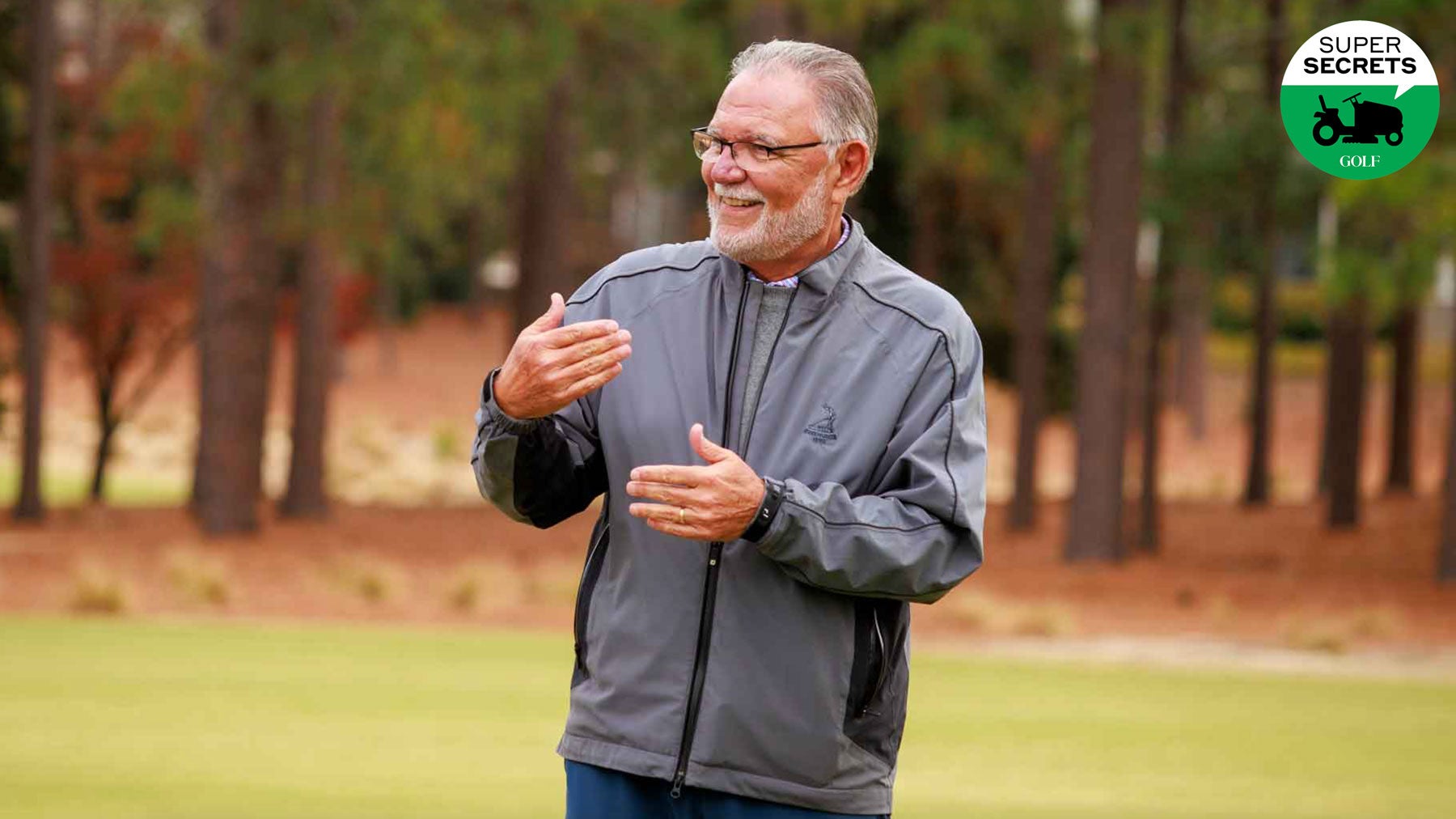Bob Farren’s roots in turf care run a lifetime deep.
The son of a superintendent, Farren grew up around the trade in the 1960s, and in 1979, he entered it himself. Three years later, he joined Pinehurst Resort, where, since 2001, he has served as director of golf course management. In that role, Farren has helped lead a range of forward-thinking initiatives, including extensive turf-reduction on famed Pinehurst No. 2; conversion to more drought-tolerant grasses; and elimination of resource-intensive overseeding throughout the property. He was also a founding partner of the Greenkeeper Apprentice Program, which, in partnership with the USGA and Sandhills Community College, provides education and mentorship for golf-course maintenance workers. In recognition of those contributions, the USGA honored Farren this year with its annual Green Section Award for his leadership in sustainable golf-course maintenance practices.
Nice nod. But it doesn’t mean that Farren is resting on his laurels. At 66, he is busy helping Pinehurst prepare for the 2024 U.S. Open, and he plans to be around for 2029, when the property will host the men’s and women’s national championship, back to back, as it did in 2014.
Though there’s rarely a dull moment, there is time for reflection. During a recent weekday work break, GOLF.com asked Farren to share five important lessons he has learned from 45 years on the job.
1. It’s science, plus art
Back when Farren was getting started, superintendents took soil-moisture readings by walking across a green and looking down. “If you left footprints that wilted later, you knew it was too dry,” he says. “If water rose around your feet, you knew it was too wet.” Though high-tech soil-moisture readers have long since eliminated quantitive guesswork, experience and intuition still matter. Numbers require context and interpretation. Almost invariably, one section of the green will be drier than another. How do you strike the balance? Is that balance sustainable throughout the day? Have you checked the weather forecast? How about humidity? What about the wind? Similar questions arise in nearly every aspect of course maintenance, Farren says. “All the advances in science have been great,” he says. “But we can’t lose touch with the art.”
2. The right speed? That’s relative
A generation ago, Farren says, the average local course could realistically maintain what were considered moderate green speeds of 8-and-a-half to 9 on the Stimpmeter. Nowadays, with advances in turf varietals and maintenance practices, “we have the ability to deliver green speeds of 10-plus and have it be manageable,” Farren says. Again, though, you can’t always lean on numbers alone. The “right” speed depends on a range of factors, including climate, green contouring, green grass type, volume of play, maintenance budgets, and more. “We know that speed can kill (turf) if you push it too far,” Farren says. “We also know it has a big impact on pace of play.” All of those variables are in the mix when it comes to establishing the ‘right’ green speed. If you’re keeping score at home, Farren says that at Pinehurst No. 2, the Stimp-target they’ve arrived at for daily play is around 11.5.
3. Performance vs. appearance
Farren remembers the go-go ’80 and ‘90s, when golf was in a real estate-driven frenzy. In those days, a lot of property buyers weren’t avid golfers, but they wanted their homes to look out on lush courses. “They had unrealistic expectations,” Farren says, “and less appreciation for golf.” A lot has change since then, and not just the growing recognition that careful water-management is vital to golf’s future. Nowadays, Farren says, the game has a “core level of enthusiasts” who are more attuned to the qualities that matter, chiefly, playability. Nowhere is that shift plainer than at Pinehurst No. 2, where 40-acres of irrigated turf were removed, replaced by sandy wastes and native grasses, and overseeding has ceased altogether, which saves resources and also produces better-performing dormant turf in the winter. “We changed the culture of what we offered, and the public responded,” Farren says. “People have a greater appreciation of the course instead of just cosmetics.”
4. Planting a seed in the community
Attentive superintendents don’t just cultivate their own gardens. That also grow connections to their communities. Those 40-acres of turf that Pinehurst removed, for instance, didn’t go to waste. They went toward sodding local soccer fields and parks. Local residents even used some for their lawns. “Superintendents should be involved, whether it’s coaching Little League or basketball or simply sharing their expertise,” Farren says. “When you become part of the community, the community sees you in a different light, and you can build on the capital from those relationships.”
5. Front lawns vs. greens and fairways
Like most superintendents, Farren fields a lot of yard-care questions. The most common home-owner misstep he sees? “They mistakenly think that if they put down the same turf varietal as we have on the course, they can get the same results,” Farren says. “They don’t have a sense of the insane amount of resources we have to mow and groom,” Farren says. “They may want their yard to look like a bentgrass green. And I have to tell them, ok, you know we’re mowing seven days a week and topdressing once a week, among other things. Is that really what you want to do?
